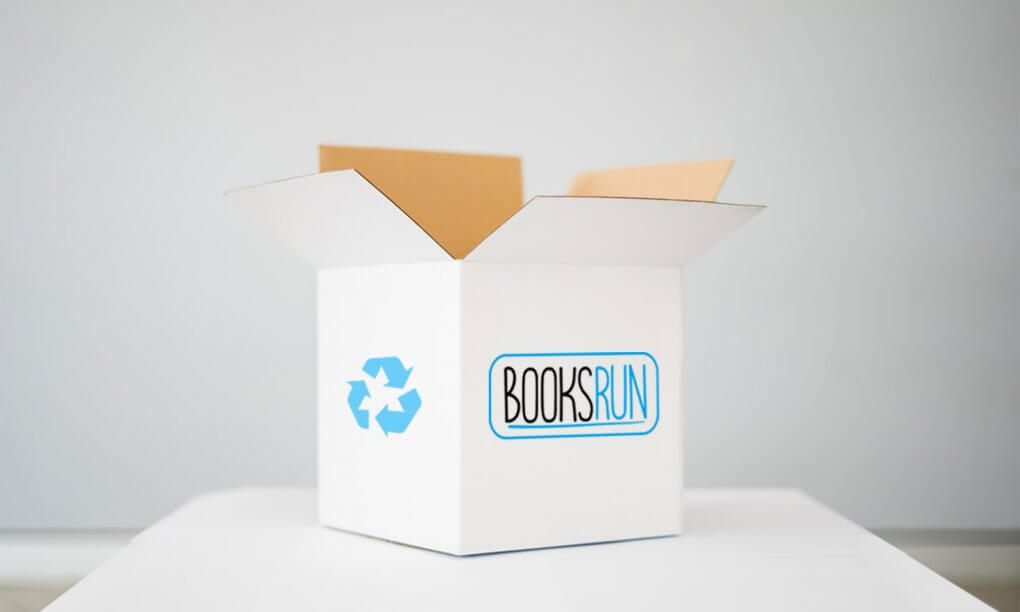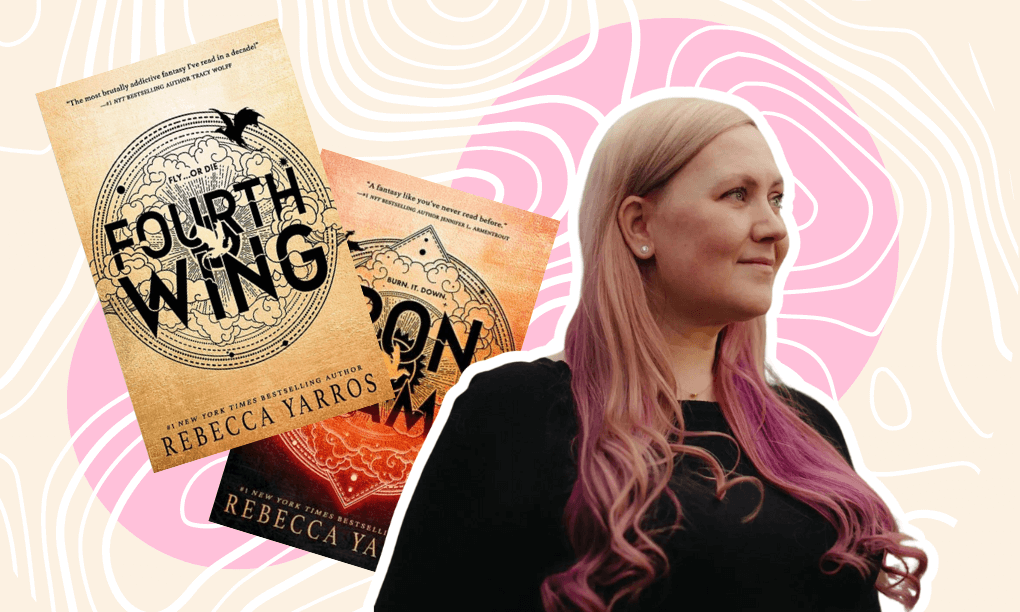The general availability of e-commerce has increased our everyday convenience: we can shop across the states and the whole world, we can easily reach out to local producers, the ordered items are delivered to our doorstep, and we can rely on various postal companies to take care of our private shipments. But as always, we should be aware of the downfalls of this often corruptive convenience and act sustainably.
Sending items by post (be it textbooks, clothes returns, or gifts for your friends) is only natural and sometimes inevitable, so let’s make this process more sustainable and eco-friendly together. Here is some information about sustainable packaging materials and a few simple steps you can implement right now that will greatly benefit the environment.
We don’t need to tell you about devastating statistics on waste (mis)management in the US and worldwide. According to the Environmental Protection Agency report, in 2017, only 8% of generated plastic was recycled. 75% (which is almost 27 million tons!) of the waste ended up in landfills. This and other reports you can check here. These numbers urge us to think of recyclable and biodegradable solutions for our daily routines, for the needs of big and small businesses, and on the global level. And here are some simple rules you can implement next time you pack and post your used textbooks or any other goods.
What Are Recyclable, Recycled, and Other Sustainable Materials?

Let’s first clear up the terminology since there are some distinctions to be made. Recyclable materials are made of components that can be remanufactured in the same or other goods. Recycled goods, as the name suggests, are already made out of previously discarded materials; for example, many plastic items fall into this category. There are also degradable and biodegradable materials that are meant to break down into the soil. Biodegradable materials require living organisms to break down into organic materials, while degradable don’t (that’s why materials labeled as ‘degradable’ aren’t the most sustainable options). A subcategory of biodegradables is compostable waste which takes a short period to break down into natural elements without polluting the soil, but only in a compost setting.
Basically, any of these materials should be opted for when you choose your packaging. Now let’s unwrap it in more detail.
A rule of thumb runs like this: almost any plastic wrapping can be substituted by paper analogs. Paper is reusable, recyclable, and degradable, just as we love it. Although there is a way to recycle some types of plastic correctly, it often ends up in general waste and will take centuries to break down. Therefore avoid plastic if you can. Use cardboard boxes and packaging paper—they are often made out of already recycled materials (because you don’t need high-quality paper for wrapping your textbooks, right?), and, importantly, they can be recycled into materials of lower quality afterward. Also, note that the packaging you choose doesn’t contain any toxic materials.
Types of Eco-Friendly Packaging
There is a huge abundance of recyclable and eco-friendly packaging solutions. Most probably, you’re already using some of those without even knowing! The sustainable packaging items are:
- Cardboard boxes
- Paper envelopes (green options come with paper-padded inlay instead of plastic)
- Cardboard envelopes
- Kraft paper
- Discarded or shredded paper

Tips for Reducing Packaging Waste
- Size your packaging to fit your goods. Don’t use a huge cardboard box when an A4 paper envelope will do. This way, you will also save money and make the shipping process more sustainable.
- Reuse packaging materials you already have. Most packaging boxes or envelopes are designed to endure a return trip. So if you got a shipment and you’re not planning on returning your goods, you can save the packaging for some other time.
- If possible, send several items at a time as a bundle. This way, you’ll reduce the number of packaging materials needed and the environmental footprint of your shipping.
- Use kraft paper tape instead of the usual one!
- Shredded paper or old paper functions as a perfect void filler for your package.
- Use textile strings and colored kraft paper for decorating gifts you’re going to post: it’s greener, affordable, and classy!
- If you’re shipping fragile goods, use degradable bubble wraps or those made out of recycled plastic.
- As a final remark: remember that the main goal of any packaging is to keep our goods safe and deliver them unbroken, which also suits the principles of sustainability.
Pack securely, use recyclable packaging (cardboard or kraft paper) and remember that if using plastic wrapping is inevitable, there are usually a couple of green or more sustainable options on the market.
Using sustainable packaging materials for shipping goods is a simple step that businesses and individuals can take to benefit the environment. At BooksRun, we commit to eco-friendly packaging, green logistics, and sustainable delivery—we also do our best to promote sustainability among our customers with our Loyalty Program.


